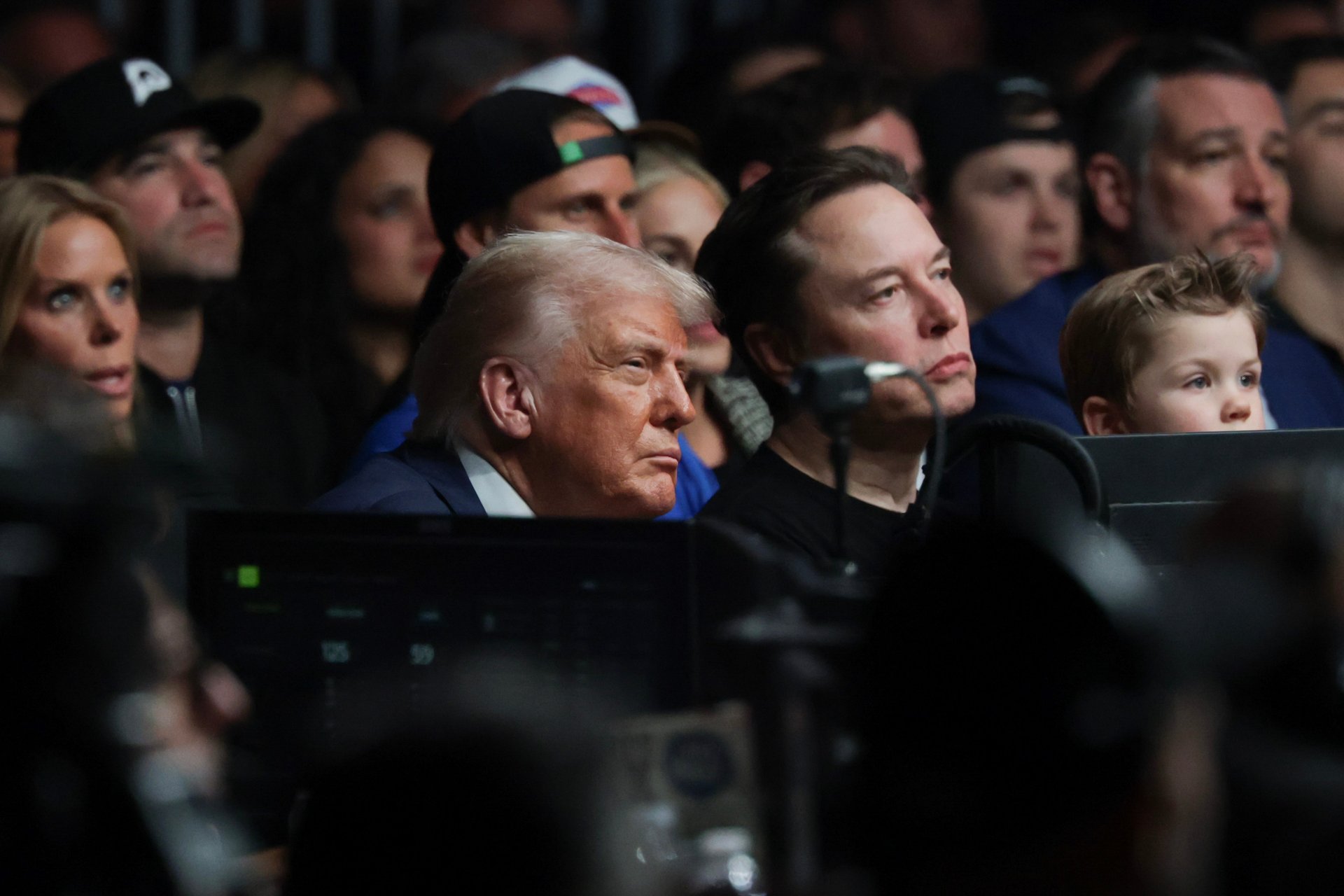A rival to Elon Musk's Neuralink scored a big win
Precision Neuroscience announced that a core component of its brain implant system has been approved by the FDA

Elon Musk’s Neuralink has been a trailblazer in brain chip implant technology. But today, rival company Precision Neuroscience announced that a core component of its brain implant system has been approved by the U.S. Food and Drug Administration.
Suggested Reading
Precision Neuroscience said it has received 510(k) clearance from the FDA for the Layer 7 Cortical Interface, the company’s high-resolution cortical electrode array — for use in the recording, monitoring, and stimulation of electrical activity on the surface of the brain.
Related Content
The Precision Neuroscience website describes a Layer 7 Cortical Interface as: A thin film microelectrode array that is engineered to conform to the brain’s cortex without damaging tissue.
The array is a core component of Precision’s fully implantable, wireless, brain–computer interface system, which is currently in development. With this clearance, the Layer 7 Cortical Interface is now authorized for commercial use with implantation durations of up to 30 days.
Musk’s company describes its brain implant technology as a “ brain-computer interface that is fully implantable, cosmetically invisible, and designed to let you control a computer or mobile device anywhere you go.” Neuralink is currently looking for quadriplegics to participate in trials to see if its chips could give them more mobility.
At brain implant technology’s core, it’s designed to stimulate the brain to communicate with external devices.
This is a foundational moment for Precision,” said Benjamin Rapoport, the company’s co-founder and chief science officer. “By introducing the Layer 7 Cortical Interface into clinical settings, we’ll be able to deliver immediate value for patients and neurosurgical teams, enabling real-time neural recording at a fidelity and scale not previously possible.”
